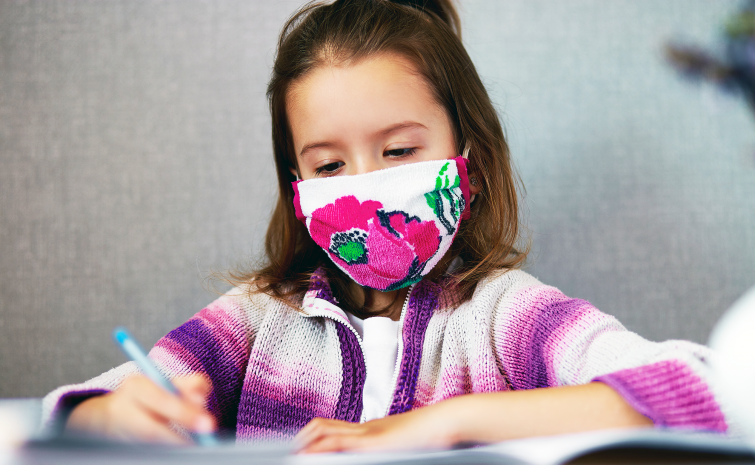
 CORONAVIRUS
CORONAVIRUS
Covid-19: Keeping schools as safe as possible
A year into the pandemic, and confronted with continued resurgence in transmission, over 800 million schoolchildren, more than half the world’s student population, still face substantial disruptions to their education. These range from full school closures in 31 countries to reduced or part time academic schedules in another 48 countries.
Some countries, such as Norway and France, chose largely to keep their schools open (only 7 and 10 weeks of school closure, respectively), whereas countries such as Germany and the UK have relied more often on school closure for epidemic control (19 and 21 weeks, respectively).
Although evidence has accumulated that school outbreaks are limited in number and size and that mitigation measures are effective, the emergence of variants with increased transmissibility3 raises uncertainty. It is therefore important to revisit how schools can be kept open without becoming centres of SARS-CoV-2 transmission.